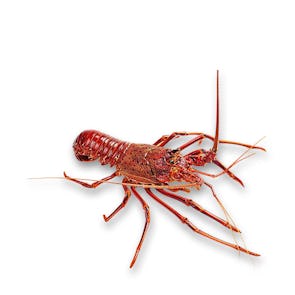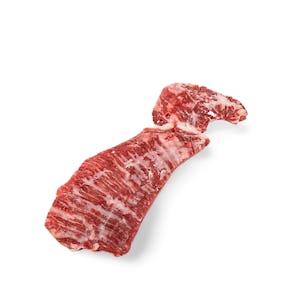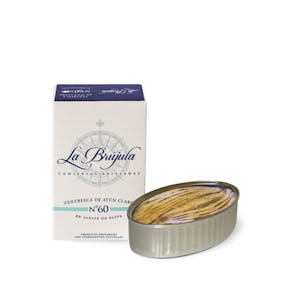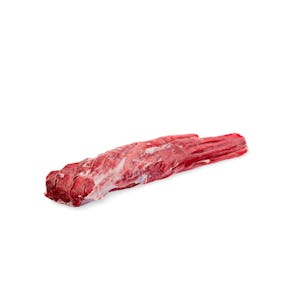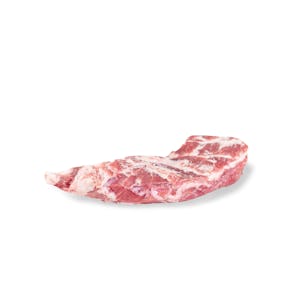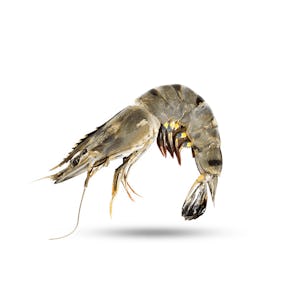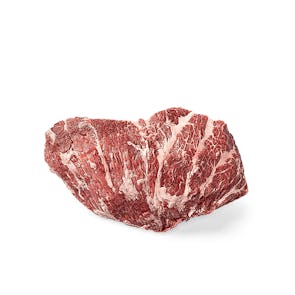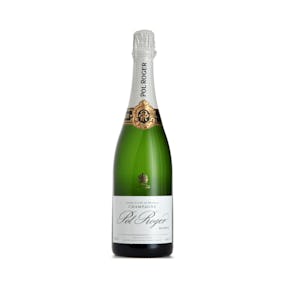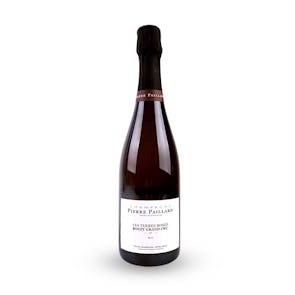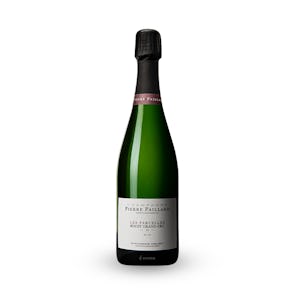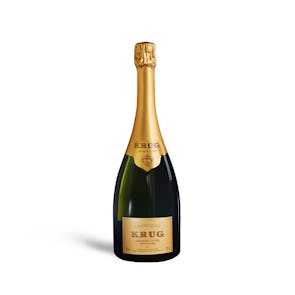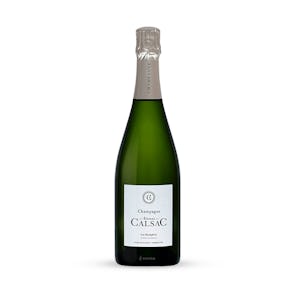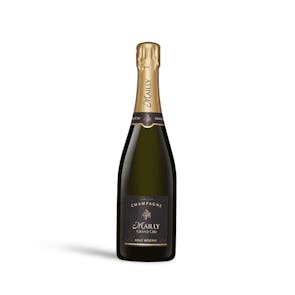4.6
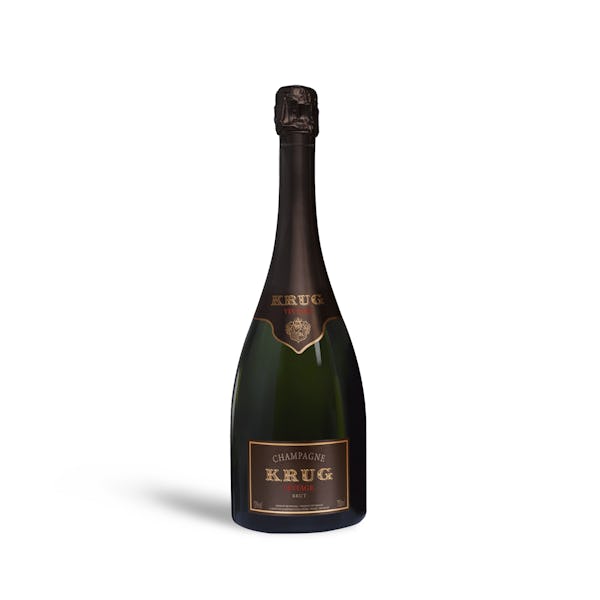
Krug Vintage Champagne
Luminous Freshness
TASTING NOTES FROM THE CURATOR
Every Krug vintage is a celebration of the distinctive characteristic of that year, and the Krug Vintage 2006 is no different. A blend of the best, most expressive wines of the year, it was nicknamed “Capricious Indulgence” by the House for its elegance and roundness. It’s a harmony of Chardonnays, Pinot Noir, and Meunier, and has a strong golden hue.
Expressive on the nose, it gives notes of toasted almonds, hazelnut, yellow and dried fruit, meringue, maple syrup, and mandarin liqueur. It is generous and deep on the palate, with notes of frangipane, tarte tatin, nougat, pastry, citrus, and a long finish with notes of pink grapefruit skin.
PREPARATION AND PAIRINGS
The Krug Vintage 2006 is wonderful to air with goat’s cheese and caviar. Pair it also slow-roasted leg of lamb, fois gras, and grilled duck breast or grilled fish. It’s also brilliant with tajine, ratatouille, or vegetable tian.
A NEW CHAMPAGNE
Joseph Krug established House Krug in Reims in 1843. He had a dream—to create the best Champagne he could, every year, regardless of environmental conditions and climate. He paid close attention to each vineyard’s character, acknowledging and respecting the unique characteristics of each plot, and the individuality of each wine. He also built quite an extensive library of reserve wines. Joseph Krug had a unique and original approach to making Champagne, forgoing the idea of vintages, and creating a full expression of the drink every year. Now on its sixth generation, House Krug continues to realize Joseph’s dream, creating Champagnes that have a consistent level of distinction and quality.
Taste Profile
Technical Sheet
Storage Instructions
Fine sparkling wine must be handled with care. For short-term storage (a few days to a month), you can keep your bottle upright—but away from bright or artificial light. For long-term storage, especially for vintage cuvées, you must store the bottles on their side in a wine rack or cellar to keep the cork from drying out. The ideal temperature for storage is between 7 to 10°C. Once opened, a bottle will be good for 1 to 3 days standing upright in the refrigerator.


